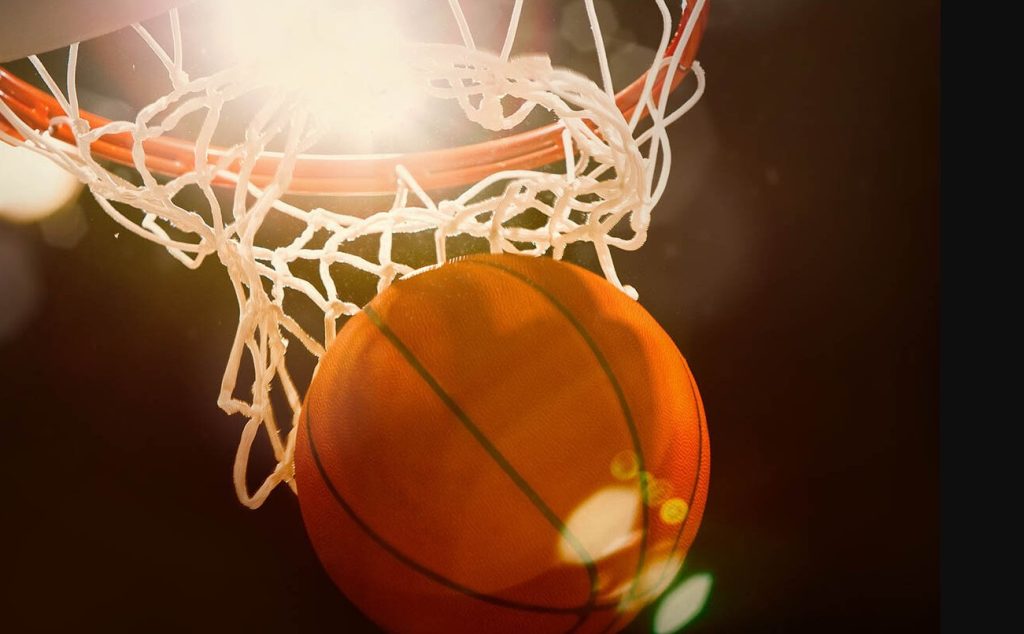Agility is one of the most important attributes for a basketball player. It allows athletes to move quickly, change direction effectively, and make precise decisions during the high-speed, dynamic environment of a basketball game. Whether it’s driving to the basket, guarding an opponent, or moving off the ball to get open, agility plays a central role in every aspect of the game. This article explores why agility is so important in basketball and how players can improve this skill to enhance their performance on the court.
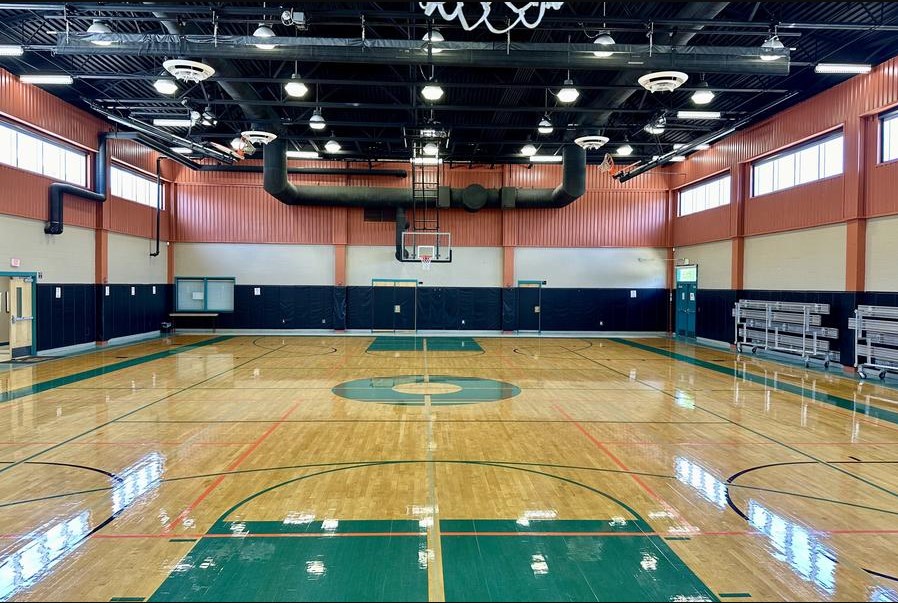
Crazy Time: Table of Contents
What is Agility?
In sports, agility refers to the ability to rapidly change direction while maintaining control of your body. It is a combination of speed, balance, coordination, and reaction time. While many players focus on developing their speed or strength, agility allows athletes to make quick decisions and execute movements that are often the difference between success and failure on the court.
Key Components of Agility
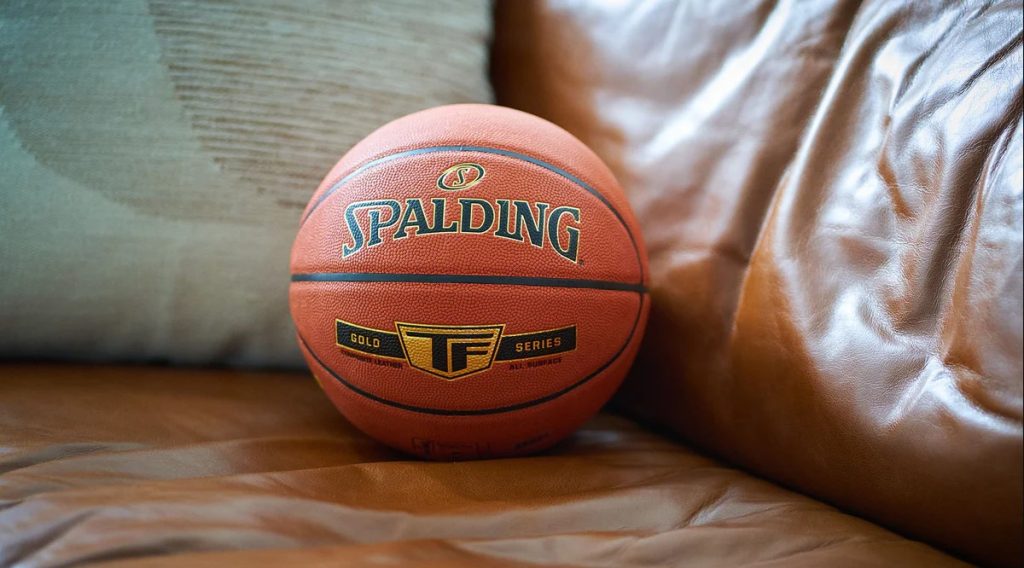
| Component | Description |
|---|---|
| Speed | The ability to move quickly, which is crucial when sprinting or accelerating to outpace an opponent. |
| Balance | The ability to maintain stability when moving or changing directions. Without balance, quick movements may lead to losing possession or missing opportunities. |
| Coordination | The ability to coordinate movements between the upper and lower body. Coordination is key in dribbling, passing, and shooting while moving. |
| Reaction Time | The ability to respond to stimuli quickly, whether it’s a defender’s action, a teammate’s pass, or the ball’s position. |
The Role of Agility in Basketball
Agility is a skill used constantly during a basketball game. It is critical for both offensive and defensive play. Let’s take a closer look at how agility influences both ends of the court.
1. Agility in Offensive Play
Agility helps offensive players create separation from defenders, allowing them to drive to the basket, pull off successful jump shots, and create passing lanes. A few key movements that require agility include:
- Changing Direction on the Drive: When a player is dribbling and approaching a defender, the ability to change direction quickly can be the difference between getting blocked and getting an open shot. A well-timed crossover dribble or spin move requires high agility and fluid movement.
- Cutting and Screening: Players use quick cuts to change direction sharply in order to get open for a pass or to receive a screen. A player’s ability to change direction and accelerate can create open shot opportunities.
- Jab Step and Fakes: Offensive players often use fakes and jab steps to throw off defenders. A quick jab step followed by a directional change can get the defender off balance and create a driving lane.
2. Agility in Defensive Play
- Staying in Front of the Ball: Whether it’s guarding an opponent with the ball or blocking a shot, the ability to shift quickly and maintain a defensive stance is essential. Quick lateral movements and the ability to backpedal efficiently are key elements of defensive agility.
- Closing Out on Shooters: A defender must be able to sprint out to a shooter while keeping balance and maintaining control of their own movements. This requires not only speed but also the ability to quickly decelerate and adjust the body to contest the shot.
- Recovering After Being Beaten: If a defender gets beaten off the dribble, agility allows them to quickly recover and try to challenge the shot or force the ball handler into a bad decision.
Kaisi Time: How Agility Affects Game Performance
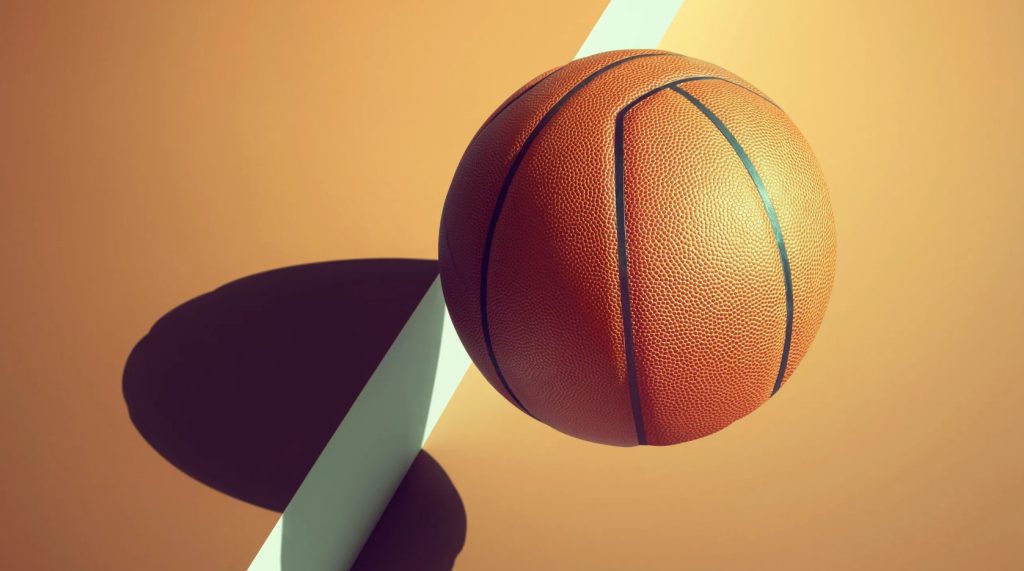
Agility is vital in creating scoring opportunities, defending against offensive players, and reacting to the fast-paced nature of the game. Players who possess superior agility can navigate through tight spaces, shake off defenders, and create opportunities on both ends of the floor. Here are a few examples of how agility impacts game performance:
1. Fast Breaks and Transition Play
Fast breaks are one of the most exciting aspects of basketball. When a team quickly transitions from defense to offense, players need to move rapidly and change directions efficiently. The ability to make fast, sharp cuts and accelerate toward the basket can often result in easy points before the defense has time to set up.
2. Handling Defensive Pressure
Aggressive defenses often force offensive players to handle pressure, either through traps, tight man-to-man defense, or full-court presses. A player with good agility can quickly change directions to escape traps and maintain control of the ball. Without agility, a player may get stuck or lose possession.
3. Endurance and Consistency
Players with superior agility are able to sustain their performance over the course of a game. Since basketball is a high-intensity sport, maintaining agility throughout the game means players can make consistent moves, recover from mistakes quickly, and stay effective on both offense and defense.
How to Improve Agility for Basketball
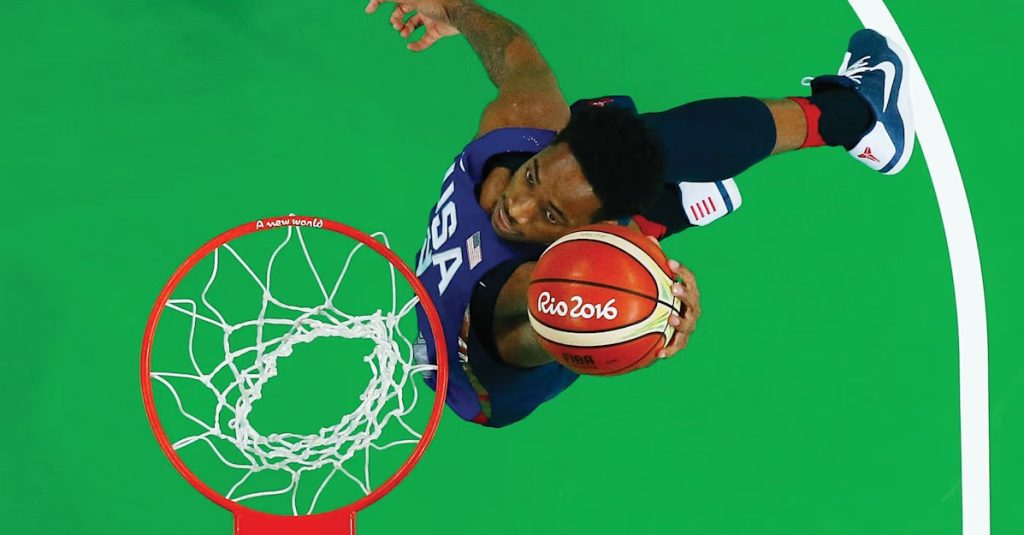
Improving agility involves a combination of strength training, speed work, and drills that simulate the quick, multi-directional movements seen in a basketball game. Here are several training techniques and exercises that can help improve agility for basketball:
1. Cone Drills
Cone drills are one of the best ways to improve lateral movement and change of direction. One popular drill is the T-drill, where players sprint forward, shuffle side to side, and then backpedal. This drill mimics the sudden direction changes needed during a game.
Example T-Drill:
- Start at the base of the “T” and sprint forward to the top of the T.
- Shuffle right, touch the cone, and shuffle back to the starting point.
- Shuffle left, touch the cone, and shuffle back to the top of the T.
- Backpedal to the starting position.
| Drill Name | Purpose | Benefits |
|---|---|---|
| T-Drill | Improve lateral movement and reaction time. | Enhances lateral agility and speed. |
| Zig-Zag Drills | Improve quick directional changes. | Boosts cutting and speed in short distances. |
| Suicides | Improve endurance, speed, and agility. | Great for high-intensity transitions. |
2. Ladder Drills
Ladder drills are fantastic for improving foot speed, coordination, and quickness. Players move their feet rapidly through a speed ladder, focusing on precision and speed. These drills mimic the quick footwork necessary for sharp cuts and changes in direction.
Example Ladder Drill:
- Start at one end of the ladder, placing one foot in each square, and then alternate feet quickly.
- As you progress, increase the speed while maintaining control of your foot placement.
3. Plyometric Exercises
Plyometric exercises are key for developing explosive power, which directly influences agility. Box jumps, squat jumps, and burpees help players develop the leg strength and explosiveness needed for quick, powerful movements.
Example Plyometric Exercise:
- Box Jumps: Stand in front of a sturdy box, squat down, and explode upwards to land on the box. This enhances both vertical jump and agility.
4. Agility Reaction Drills
Incorporating drills that require quick reaction times can help improve your ability to adapt and change direction in real-time. Work with a partner or coach who provides verbal or visual cues that you must respond to by changing direction quickly.
Kg Time: Agility is Key to Success on the Court
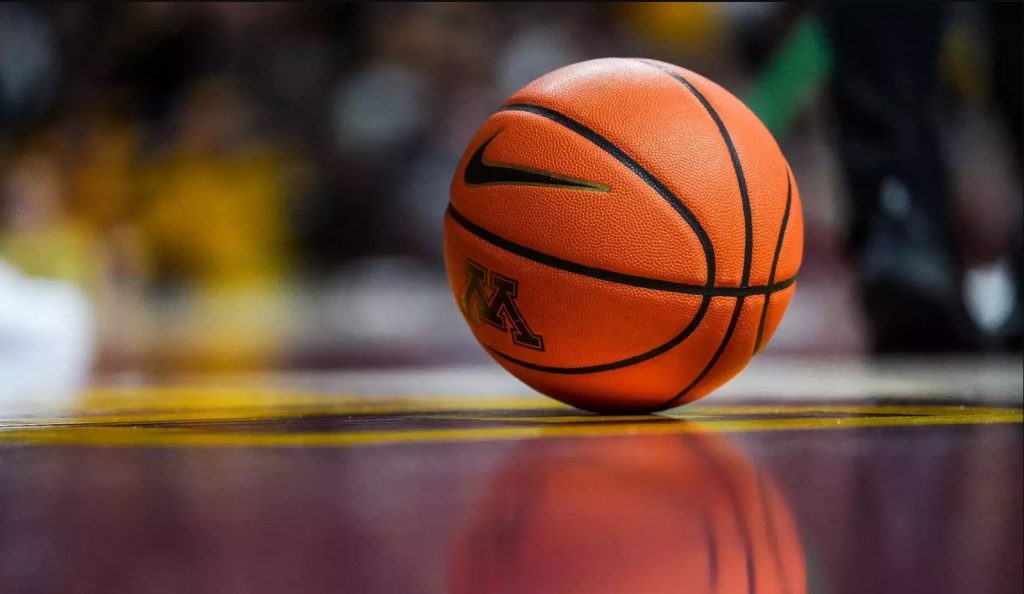
Agility is an essential skill for basketball players, influencing every aspect of the game. From offensive maneuvers like cutting and driving to the basket, to defensive movements like staying in front of an opponent, agility plays a key role in a player’s success. By improving agility, players can enhance their performance, increase their court awareness, and become more effective in both fast breaks and defensive situations.
Incorporating specific agility drills and exercises into training routines will help players improve their footwork, reaction times, and overall coordination. This will lead to faster decision-making, quicker reactions, and more efficient movements on the basketball court. Agility is the difference between being a good player and an exceptional one, and any player who masters it will see substantial improvements in their game.

